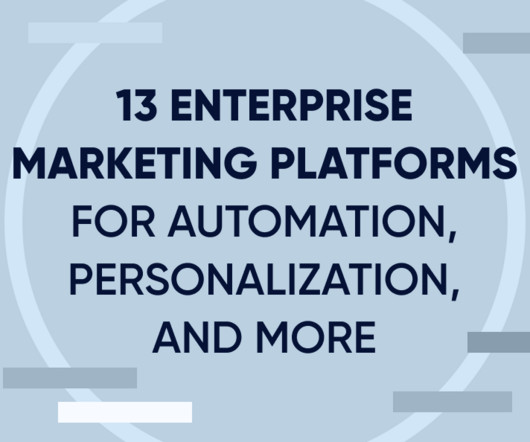How to Create Effective Email Workflows for E-Commerce Programs
Lynton Web
MARCH 26, 2025
Performance Monitoring Systems To ensure that your workflows are performing as expected, monitoring key metrics such as open rates, click-through rates, and conversion rates is crucial. Learn how Lynton transformed Therma-Tru Doors Customer Loyalty Program. Read our case study today.














Let's personalize your content